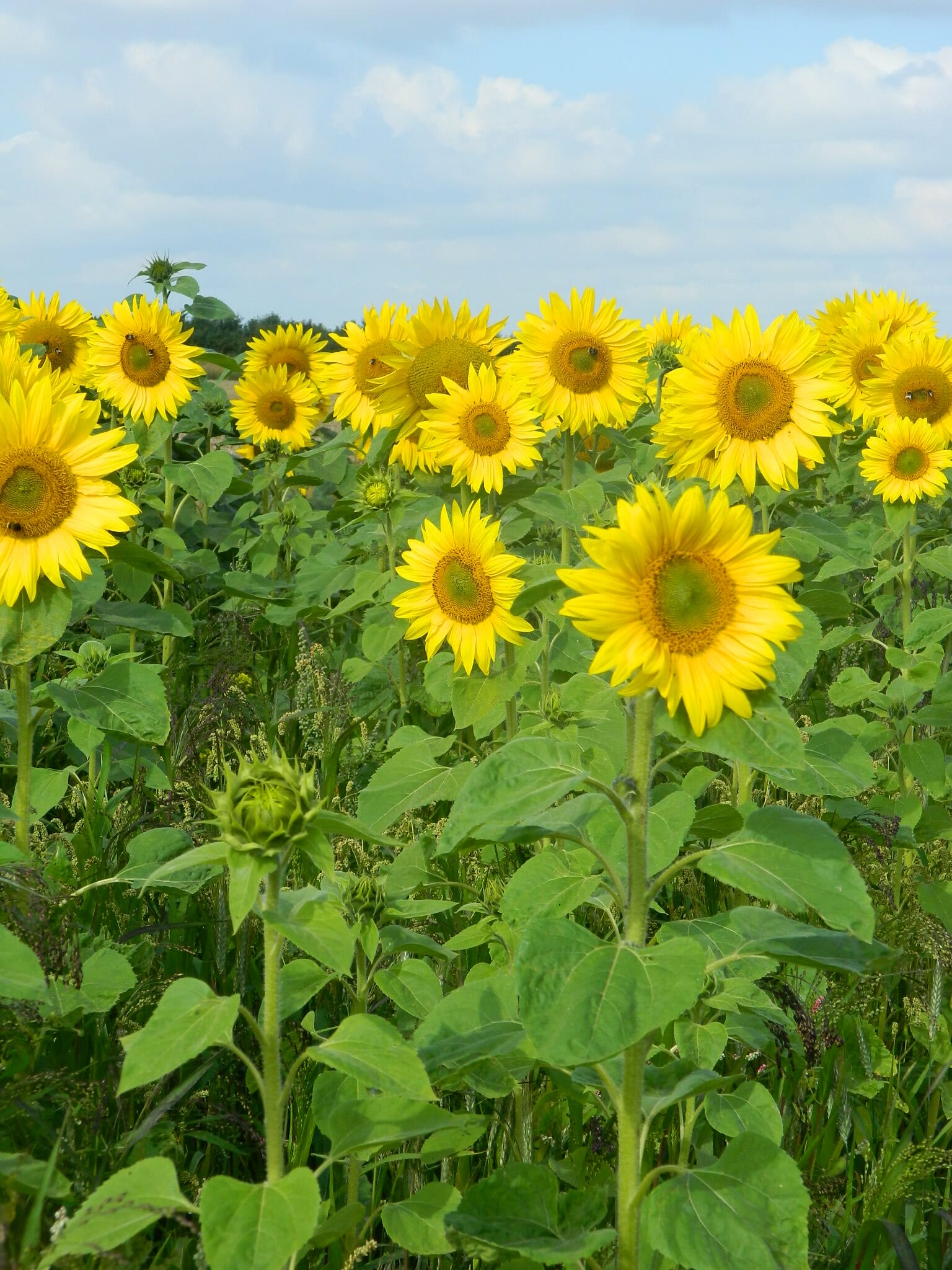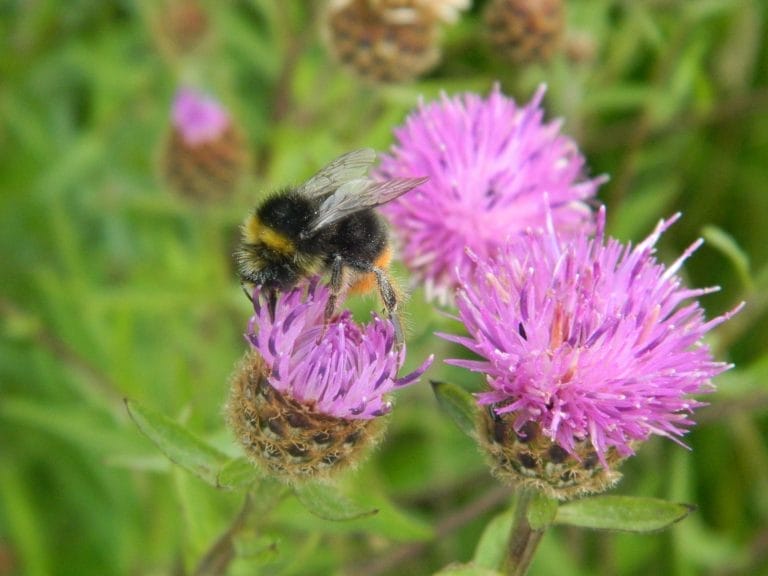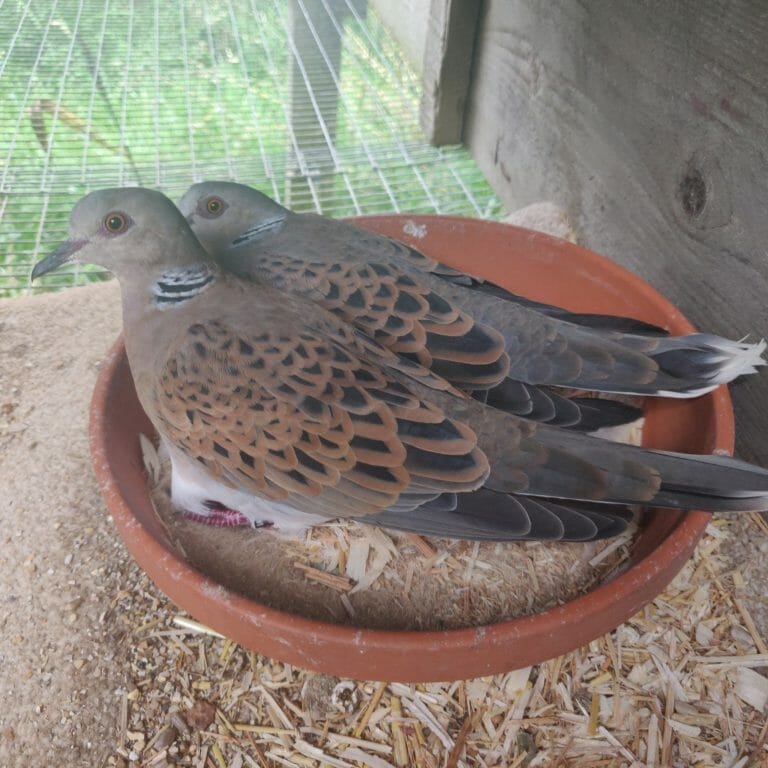“Jack Russell is attracting a lot of interest this year,” says Limagrain’s Martin Titley.
“The uncertainty surrounding shooting this year is putting some growers off relying too much on game maize, and many want a crop that is better for conservation and meets the specifications if they are on the Countryside Stewardship Scheme (CSS).
“This wild bird seed mixture can offer it all. It is suitable for CSS options AB9 and OP2, attracts farmland birds and also offers game bird cover.”
James Grantham, based in south Lincolnshire, agrees. An Agrii agronomist, he also helps to run his family’s arable unit and small family shoot and grows
Jack Russell in blocks on the farm.
“This crop isn’t used just for a cover crop for game birds, but also because it’s a useful crop for feeding game and wild birds. It also suits some of the environmental schemes that we’re in,” he explains.
“Jack Russell is suitable for the CSS option AB9 and, because it’s attracts and supports farmland birds and insects, it helps us to meet both Entry Level and Higher Level Scheme requirements. And my clients who also grow the mixture for game cover would agree that it also helps them to tick the environmental scheme boxes.
“It’s a multi-tasker – that’s just one reason why it’s an attractive option for growers. It offers three things – game cover, wild-bird feed and CSS compliance.”
James has a client who switched from growing maize as a game cover crop to Jack Russell because he had a large population of deer on his farm. “In dry conditions, like those we’re experiencing at the moment, food can be scarce for deer and newly emerging maize shoots are very inviting. Deer love this crop and will graze it hard.
“But they don’t seem to like sorghum, which is a key component in this mixture. And I have a client who has grown it in place of maize for the past two years and it gives plenty of game cover, plus the other environment benefits of growing a more diverse crop.”
He adds that for commercial shoots – with or without a deer problem – Jack Russell is an attractive option for game cover, simply because it ticks more boxes.
“Around 75% of my clients would be growing Jack Russell as game cover and the remaining 25% to meet CSS requirements.”
 James grows the crop in blocks, rather than field margins, sowing in May, once there’s been sufficient rain. “There has to be moisture in the light sandy Lincolnshire soils to ensure germination. And sorghum doesn’t like cold soil, so I’m looking for temperatures above 10OC.”
James grows the crop in blocks, rather than field margins, sowing in May, once there’s been sufficient rain. “There has to be moisture in the light sandy Lincolnshire soils to ensure germination. And sorghum doesn’t like cold soil, so I’m looking for temperatures above 10OC.”
The mixture of species in Jack Russell brings multiple benefits. Sunflowers offer a very colourful crop, and the triticale and millet offer a seed source at variable heights.
The inclusion of grain sorghum gives structure and promotes the mixture’s winter hardiness, with millet seed shed from early autumn and oilseed radish providing later feed.
The standing power of this grain sorghum provides cover for many birds and is particularly popular with shoots because of its ability to provide driving cover.
“Shoots can tick all the boxes without taking too much land out of commercial use – this is a multi-tasker,” adds James.
Another attraction is the lack of kale in the mix. “Some game crop and environmental mixtures include kale. Jack Russell doesn’t. Growers like this – particularly in Lincolnshire – because kale can attract flea beetle which is a UK-wide problem and it’s certainly a serious issue for OSR growers in Lincolnshire.
“You can spray for flea beetle but, again, spraying an environmental crop with an insecticide is as daft as it sounds. Growers don’t want to be doing that – it’s time consuming and expensive.”
He does think that some potential growers are also put off because the mix contains several species and is more difficult to ‘keep clean’ with a herbicide, but Stomp Aqua is an option if necessary.
“That’s why some prefer to stick with maize, despite it not helping with CSS or wild-bird and insect populations. They want a weed free crop with a clear ‘bottom’ to allow birds to move around more easily.
“But I have some clients who have switched to Jack Russell this year due to uncertainly around Covid-19 restrictions. They’re looking to tick other boxes this year, rather than simply focusing on game birds.
“They’re thinking in broader terms about the environment and looking improve biodiversity on their farms. Mixtures that are very good for the environment – that attract and support insects and wild birds – are great options.”

































